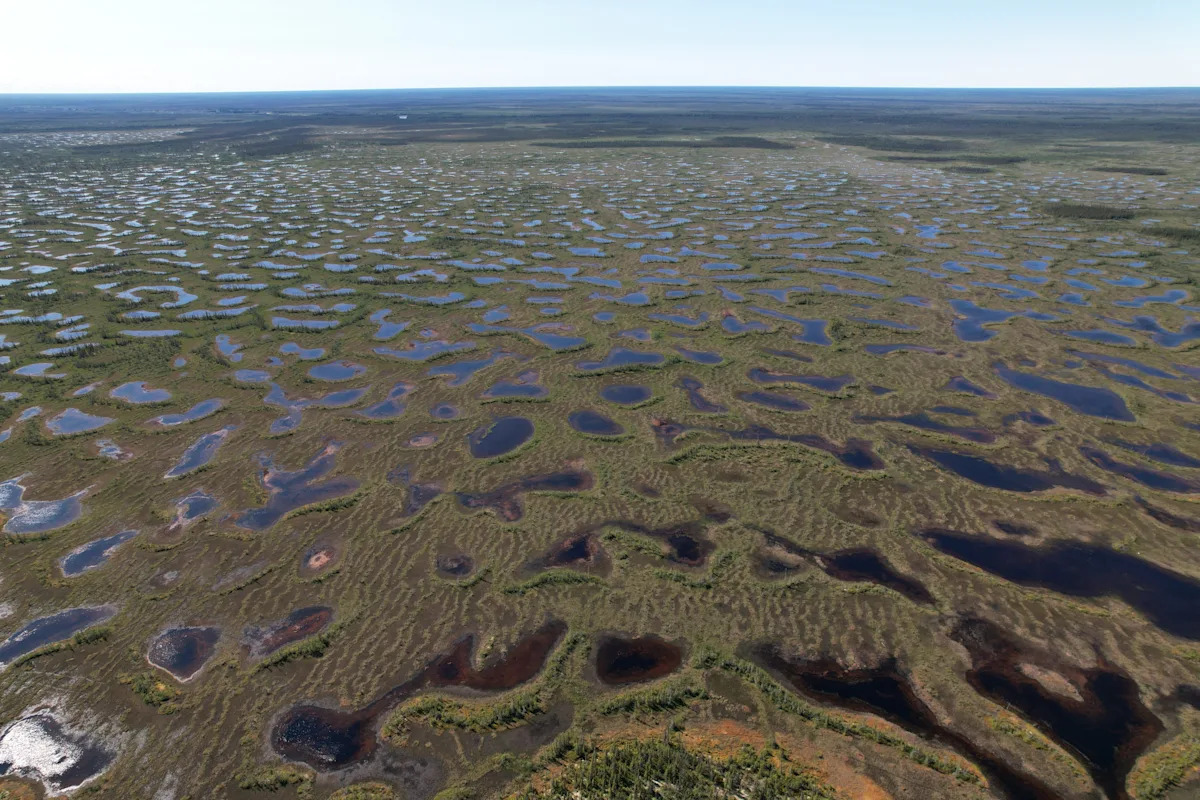Home / Environment / Peatlands, Earth's Unsung Climate Heroes, Face Grave Threats
Peatlands, Earth's Unsung Climate Heroes, Face Grave Threats
18 Oct
Summary
- Peatlands store 5 times more carbon than Amazon rainforest
- Mining exploration threatens fragile Hudson Bay peatlands in Canada
- Indigenous groups lead conservation efforts to protect "lungs of the Earth"

As of October 2025, the world's largest peatlands, located in Canada's Hudson Bay region, are facing a grave threat. These carbon-rich ecosystems, which store five times more carbon per acre than the Amazon rainforest, are under pressure from mining exploration for rare-earth minerals needed for clean energy technologies.
The Hudson Bay peatlands are a haven for biodiversity, home to over 1,000 plant species and 175 bird species. However, the real power of these lands lies beneath the surface, in the buildup of water-saturated mosses called peat. Peat has near-magical properties, preserving artifacts and human remains for centuries while trapping carbon dioxide and slowing climate change.
Now, mining companies are surveying the fragile wetlands, with the support of the Canadian government. This exploration, which involves test drilling and heavy machinery, can disrupt the hydrology of the peatlands, causing them to dry out and release their stored carbon back into the atmosphere. Experts warn that this could have devastating consequences, as peatland fires can release 100 times more carbon than a regular wildfire.
Indigenous groups in the region, such as the Mushkegowuk Council, are leading efforts to establish protected areas and sustainable land-use plans to safeguard the peatlands. They are working to convince the Ontario government to embrace a more holistic approach to development, one that prioritizes the preservation of these vital carbon sinks. The fate of the Hudson Bay peatlands, and the world's climate, hangs in the balance.

